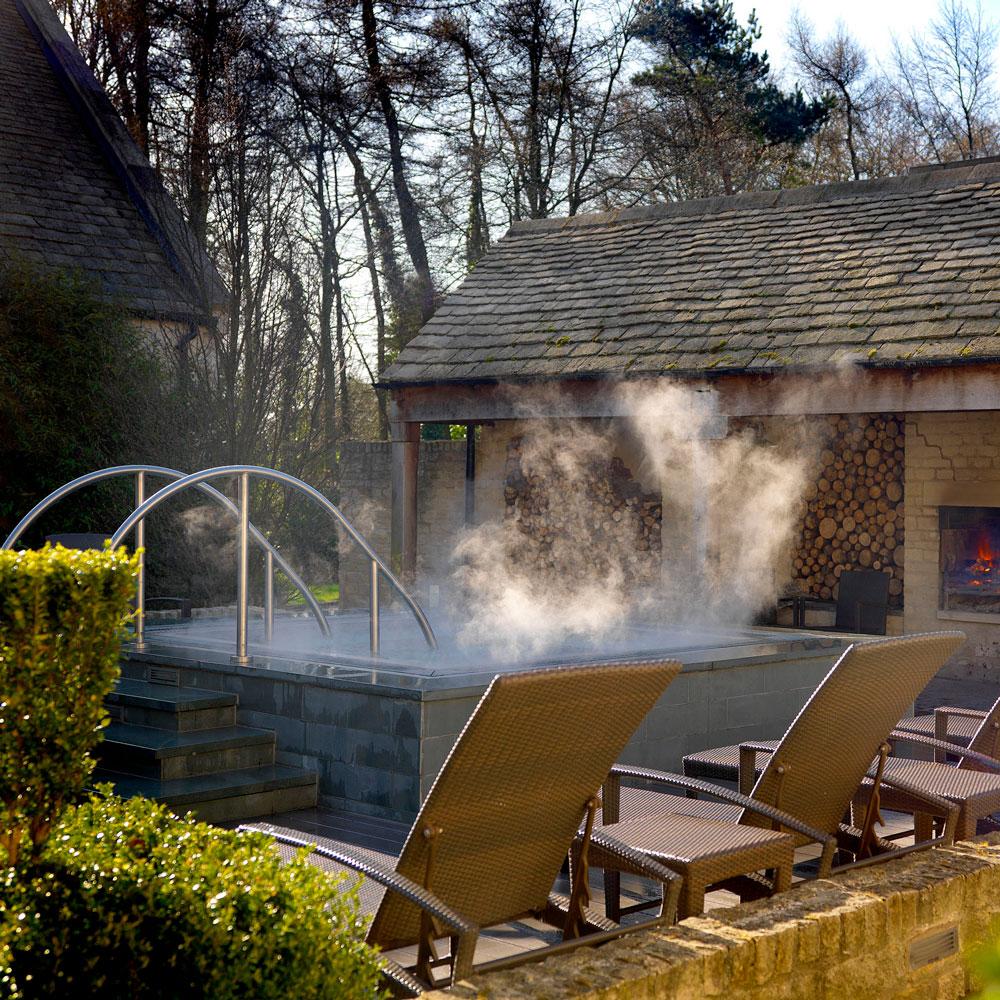Having your own hot tub in the garden couldn’t be a more inviting way to relax, but how much does it cost to run a hot tub? Are they more affordable than a trip to a posh spa or will your energy bills spike every time you use it? Hot tubs can use a lot of energy even if you have a smart meter, so it’s worth doing your sums before you take the plunge.
Home hot tubs have become increasingly popular for leisure and pleasure. You can use one in winter and summer to relax and chill with family and friends. Plus a session in a hot tub can relieve aches and pains and improve sleep, so there are health benefits, too.
We’ve worked out how much you can expect to spend on running a hot tub at home – as well as ways to trim your bills and save energy at home.
How much does it cost to run a hot tub?
Image credit: Steve Russell/Future PLC
There are several factors that affect how much energy a hot tub uses. The first is how much water it contains – many hot hubs can hold more than 1,000 litres. The greater the volume that needs heating, the higher the running costs.
The next factor is water temperature. This is typically set between 36°C to 40°C, but in hot weather, can be reduced. The higher the water temperature, the more energy will be required to maintain it.
Whether a hot tub is installed indoors or outdoors also affects running costs. An indoor hot tub will have a much higher year-round ambient temperature, meaning lower running costs than an outdoor hot tub. If outdoors, ensure your hot tub is in a sheltered or covered area to prevent wind chill.

According to the Energy Saving Trust. the national average price (as of November 2021) per pence/kWh of electricity is 20.33p. We have rounded it to 20p for illustration purposes.
Based on this, an example hot tub with a 3kW heater would cost 60p per hour to run on full for water heating alone. Energy for powering a pump will add to this cost, plus bubbly water will lose heat faster than calm water.
‘In the experience of our members, typical costs based on a well-insulated acrylic hot tub from a reputable manufacturer can range between £1-2 per day,’ says Sallie Leslie-Golding at BISHTA (British and Irish Spa and Hot Tub Association).
Are some hot tubs cheaper to run than others?
There are several types of hot tub, but broadly, you’ll find:
How much a hot tub costs to run often depends on how well insulated it is. ‘Hot tubs advertised very cheaply can be poorly insulated,’ explains Sallie Leslie-Golding. ‘Always ask your retailer how cost-effective they are to run and ask them to provide any published figures they may have to ensure that the hot tub has sufficient insulation.’
Inflatable hot tubs tend to have the least insulation and so cost more to run. For example, Lay‑Z‑Spa claims to be the most energy-efficient and best insulated inflatable hot tub brand, yet its Vegas AirJet model will still cost between £7-10 approx when used three times a week in average UK summer temperatures. However, this would still be a saving of £620 in energy costs over three years when compared to another inflatable hot tub brand.
What energy saving features should I look for when buying a hot tub?
Looking for ways to save energy at home? These handy hot tub features could be a good place to start:
‘Hot tubs should be sold with covers for safety reasons, but they also help to keep the water free from debris and retain the water temperature by reducing heat loss,’ says Sallie Leslie-Golding. Make sure your cover has been made for your specific hot tub model to ensure the best fit and that it’s airtight. Check it periodically for any bowing that will release heat.
Some heaters have elements that transfer heat more effectively. For example, a titanium heater will conduct heat better than a stainless-steel one. Bear in mind that although heaters have different kW ratings, this won’t directly affect overall energy usage. Heaters with larger kW ratings heat the water faster so won’t need to be on as long.
Warming up the water is one of the main costs of running a hot tub, so dropping the temperature down can be a good way to save. During the cooler months especially, turning down the temperature by 2-5°C will reduce costs.
How can I cut the cost of running a hot tub?
Image credit: Polly Eltes/Future PLC
If you’re keen to find ways to cut the cost of running your own hot tub, there are a few energy saving tricks you can use.
Now you know everything about how much it costs to run a hot tub, and how to save energy. Will you be adding one to your home?









